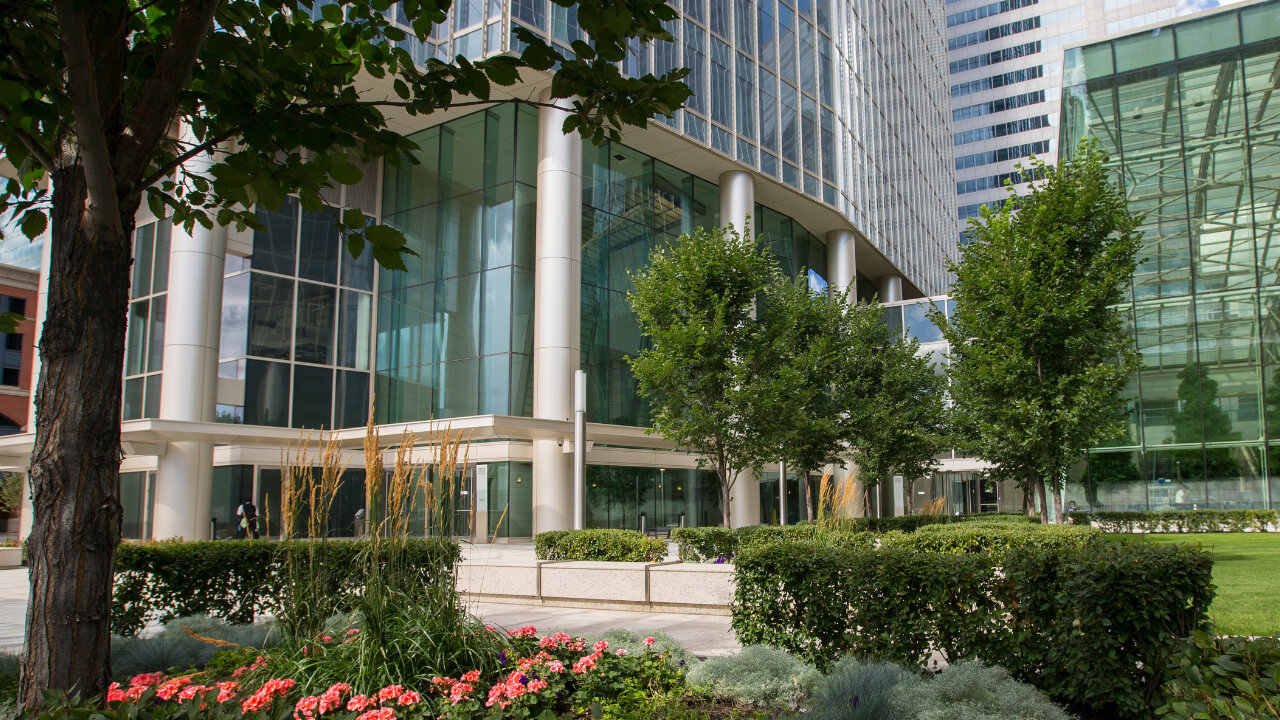To meet the climate emergency challenge, it is imperative that real estate players shift gears and incorporate carbon transition impacts into the valuation of buildings. Implementing a “Green IRR” (internal rate of return) will allow property appraisals to take into account the energy and carbon improvements that must be carried out to adapt those buildings to the highest environmental standards. This will be an indispensable tool in preventing the obsolescence of properties and thereby meeting the growing expectations of tenants and users for low-carbon, sustainable buildings.
The world has embarked on a profound and essential climate and environmental transition. The worldwide multiplication of energy- and carbon-related regulations serves as a reminder—if any were required—of the urgent need to act and to adapt current practices. Naturally, real estate is no exception to this groundswell. Real estate accounts for nearly 40% of global greenhouse gas emissions. More importantly, we know that 80% of existing buildings in urban centres must be retrofitted to achieve a 1.5°C pathway. In the face of the climate emergency, the status quo is clearly no longer an option. As a property owner managing a worldwide portfolio, it is therefore critical that we adopt proactive measures and redouble our efforts to accelerate the decarbonization of existing assets and ensure a sustainable and healthy future.
Preventing risks and seizing opportunities
The issue is far from trivial. Failure to act will put existing buildings and properties at serious financial risk. If we do nothing, the result may well be mounting operational losses in the years ahead, tenants who are less inclined to rent our spaces and, consequently, higher vacancy rates. Cash flows from our assets could also be impaired over time, likely resulting in a decline in value. All these elements demonstrate that we urgently need to decarbonize our buildings to avoid the risk of those assets becoming obsolete sooner rather than later. In fact, 3% to 10% of asset value is at risk of obsolescence due to the carbon transition.
All property portfolios are exposed to this risk, especially when one considers that the impact of the carbon transition is still greatly underestimated by the market: current property valuation methods rarely take into account environmental and energy performance and the impact of the changing climate on asset value. In most of the markets in which we invest, carbon has no price. In fact, only 30% of global carbon emissions are currently covered by pricing. And yet we know that climate change is one of the key threats to real estate. As a result, building valuations and returns can sometimes be overestimated, while the value of low-carbon assets tends to be underestimated. We therefore need to be proactive and ahead of the market to protect the value or our assets and, in so doing, strengthen the resilience of our portfolio.
Climate change is synonymous with risk for the real estate sector, but it also heralds a host of investment opportunities. Greening buildings must create value, through greater responsiveness to tenants’ and users’ expectations. Moreover, such an approach has the potential to generate operational benefits from reduced energy costs for us and our tenants.
Integrating carbon price into valuations
It is thus imperative that we gear up and evolve our property asset valuation methodologies, starting today. In that regard, applying a Green IRR is an optimal solution for integrating a carbon value into our financial modelling. A Green IRR factors in a carbon-related operating cost as well as a “green premium” or “brown discount” on portfolio assets, based on their environmental and carbon performance. This tool will enable us to identify which of our assets are most financially sensitive to the risks associated with the low-carbon transition. As such, a Green IRR will help inform our investment decisions, and also deliver insights to our asset management teams on what improvements to pursue to optimize environmental performance. By providing a more comprehensive analysis of carbon-related costs and benefits, this new indicator will strengthen our assessment of value creation via green investments in our properties.
We encourage all of our peers and stakeholders in our value chain to join us by factoring carbon risks and opportunities in their asset performance evaluations, to help expedite this much-needed transition in the real estate sector.

